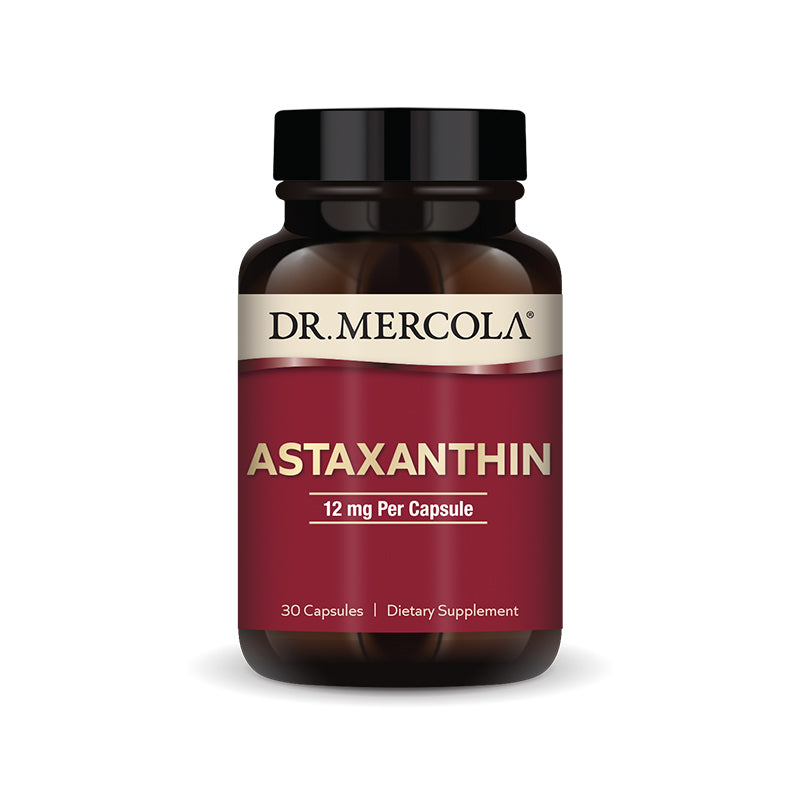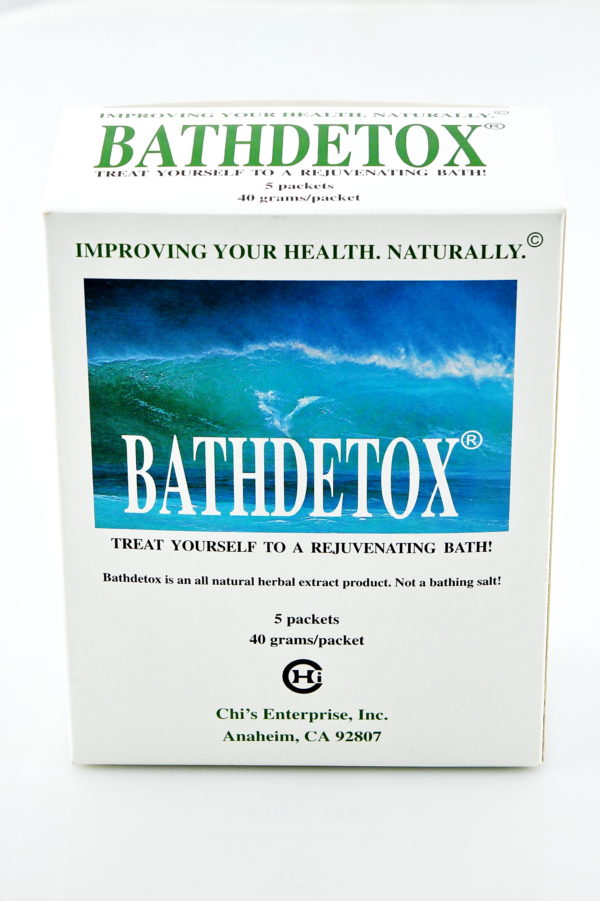Thank you to Dr. Chi from Chi’s Enterprise for this invaluable information on this importance of C-Reactive Protein and Homocysteine.
C-Reactive Protein and Homocysteine More Important than Cholesterol in Heart Disease
High cholesterol has always been considered by many as an important tool to determine cardiovascular disease (CVD) risk. After all, too much cholesterol can contribute towards the development of plaque in the arteries. But even individuals with healthy cholesterol levels may already have CVD. In fact, 48% of individuals with healthy total cholesterol have other heart disease factors. One study shows that among patients with a normal total cholesterol level of under 200, 37% already had CVD. Among the 37%:
- 19% had high homocysteine,
- 13% had high Lipoprotein a, and
- 8% had high C-Reactive Protein
More than 5% of them had 2 out of 3 of these factors elevated. This means that homocysteine, C-Reactive Protein (CRP), and lipoprotein a (Lp(a)) may be more specific predictive markers of CVD.
Further studies have demonstrated that heart attack and heart disease risk increases with these markers.
-
If homocysteine is high – associated with 3-fold heart attack risk
- When homocysteine increases by 5 points, heart attack risk increases 16-fold in men and 18-fold in women
- If CRP is high – associated with 2-fold heart disease risk
-
If Lp(a) is high -associated with 3-fold heart disease risk
- With smoking, hypertension, Diabetes, this increases to 7 to 20 times the risk
- If homocysteine is also high, the risk increases to 31.7 times
So it is really important to not only focus on cholesterol as a predictive marker for CVD. Checking other clinical markers like CRP, homocysteine and Lp(a) can provide a clearer picture of cardiovascular risk. Table 1 provides a reference of ideal levels of these markers and recommended supplements.

Homocysteine
When homocysteine is high, it causes hardening and thickening of the arteries, leading to atherosclerosis and blood clots. Many lab tests consider homocysteine below 11 umol/L as normal; however, an ideal homocysteine level should be around 6 umol/L (Table 1).
Homocysteine is synthesized into methionine and cysteine with the help of certain B vitamins like Vitamin B9 (folate), B6 and B12 (Figure 1). If these vitamins are deficient, then homocysteine can increase and accumulate in the blood. So it is important to supplement with these vitamins. Take Asparagus Extract and Vein Lite to help correct this.

ASPARAGUS EXTRACT AND VEIN LITE TO REDUCE HOMOCYSTEINE
Asparagus Extract is an excellent source of natural and organic folate, containing over 400 mg per 4.5 mg of pure powdered extract, which is more than the suggested adult intake of 400 mg of folic acid. It can effectively reduce homocysteine by synthesizing it into methionine (Figure 1). In one study, patients took two to three 5-gram packs of Asparagus Extract. After one month, their average serum folate increased by 39%. After four months, their average serum homocysteine levels reduced by 28%.
Vein Lite has also been shown to reduce homocysteine level.
C-Reactive Protein (CRP)
CRP is produced in the body when there is inflammation. When CRP is elevated, it can cause vascular injuries/damage to heart muscle and aorta.
Studies show that, if CRP is elevated, heart attack risk is 3 times higher. In the Harvard Women’s Health Study, postmenopausal healthy women with high CRP were more than 4 times like to have coronary disease, heart attack, or stroke. They were also likely to have an angioplasty or bypass surgery.
A CRP level of 3 mg/L or higher is associated with high risk for CVD. If CRP is between 1 to 3 mg/L, the risk is already intermediate. A CRP of 1 mg/L or less means low risk for CVD, so this is the ideal level (Table 1).
XANTHOMAS SIGNAL HIGH CHOLESTEROL, HEART DISEASE
Many people though are not aware of their cholesterol level unless they get a blood test. But there is a way of determining high cholesterol just by look at physical markers.
If you see yellow fatty deposits in the skin, these are called xanthomas which signify high cholesterol and heart disease. These can develop anywhere in the body. But if you see them around the eyes, called eyelid plaque (Figure 3), this indicates a risk for atherosclerosis, ischemic heart disease and stroke ( British Medical Journal. 2011; 343:d5497). Studies show that those with xanthomas have a 48% higher risk of myocardial infarction than those who do not have it. If present in individuals under 30 years old, xanthomas signal 5 times the risk of arterial plaque. In those over 30 years old, it is associated with 50% increased risk.

Sometimes xanthomas can develop in the creases of the palms. This condition is called palmar crease xanthoma (Figure 4) and is seen in 20% of patients with genetically high cholesterol ( JAMA Dermatology. Nov 2016; 152(11:1275-76). Often this marker appears early, so if you see this you can check cholesterol as well as apolipoprotein levels.

In some people, a cholesterol ring called arcus senilis can develop around the iris (Figure 5). It is a cloudy or white deposit that signifies high cholesterol or triglycerides.

Xanthomas can also be located in other parts of the body. In this case of a 47-year-old male, for example, he has cholesterol deposits on the arm, elbow and knuckles (Figure 6).

When you see xanthomas anywhere in the body, or if blood tests show you have elevated levels of total and LDL cholesterol, you can take Wine Extract immediately. For elevated lipoprotein(a) and apolipoprotein B, add Vein Lite.
SUMMARY
- CRP should be under 1 mg/L. If you have high CRP, take Vein Lite and OxyPower
- Homocysteine should ideally be around 6 umol/L. If you have elevated homocysteine, take Asparagus Extract which is high in natural folate.
- Lipoprotein (a) may be a genetic factor but if your Lp(a) is over 30 mg/dL, you can take Wine Extract to lower it. Wine Extract can also reduce total cholesterol, triglycerides and the bad cholesterol, LDL.
While CVD may already exist even if cholesterol levels are normal, we still need to be aware if we do have high cholesterol. There are physical markers that we can check for this. Xanthomas around the eyes (Figure 3), cholesterol deposits on the palm creases (Figure 4) or the iris (Figure 5) all point towards high cholesterol and triglycerides and should be taken as a warning. If you are under 30 years old and have xanthomas, the risk for arterial plaque is 5 times higher than older adults. Take Wine Extract to lower cholesterol and triglycerides.
If you have any comments or questions regarding this article please post this on our Facebook page or on our Twitter page for us to address personally.
Apply for Your Opportunity to “Feel Young Again” With Depke Wellness
You can also call our office direct at (800) 960-2755.
“The products on this page have not been reviewed by the Food and Drug Administration. These products are not intended to diagnose, treat, cure, or prevent any disease.”










